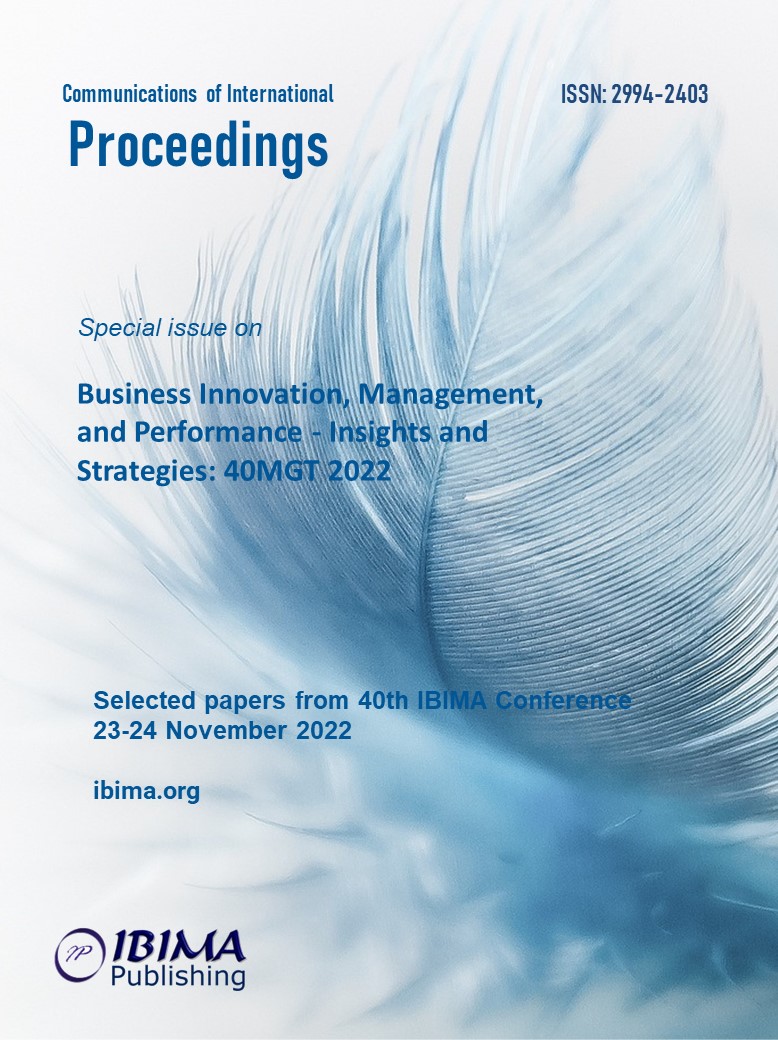
Wawrzyniec RUDOLF
University of Lodz, Lodz, Poland

The aim of the study is to identify the relationship between the city (local authorities/administration) and the directors of cultural institutions (museums, theaters, art centers, …) in the light of the Agency theory and Stewardship theory. The study aims to provide new knowledge in answering the research question: How to optimally manage relations: city – directors of cultural institutions in order to effectively implement the provisions of local cultural policy? The relationship (principal – agent/steward) being analyzed is crucial in the conduct of local cultural policy. But the literature to date does not provide the results of research on these relations in the cultural sector.
The study was conducted in a selected city in Poland (Lodz), where the studied relationship is dominated by the market approach (NPM) described by the agency’s theory. Within qualitative approach, over 50 IDI interviews with policy actors have provided the opinions on the adopted model. The analysis of the empirical material was carried out using NVivo software.
The presented results fit into the criticism of the NPM model as inadequate to the specificity of the cultural sector. The widespread dissatisfaction of cultural managers relates to the detailed monitoring and frequent control of their activities by both the city and other authorities. Respondents reported a relatively low degree of inter-institutional interaction and a lack of climate of shared responsibility for the local culture development strategy. In turn, quantitative data on cultural activities within the city show a high level of effectiveness in the development of popular culture.